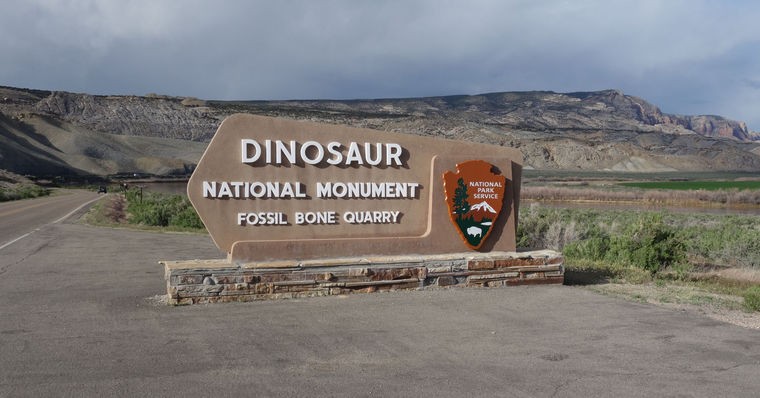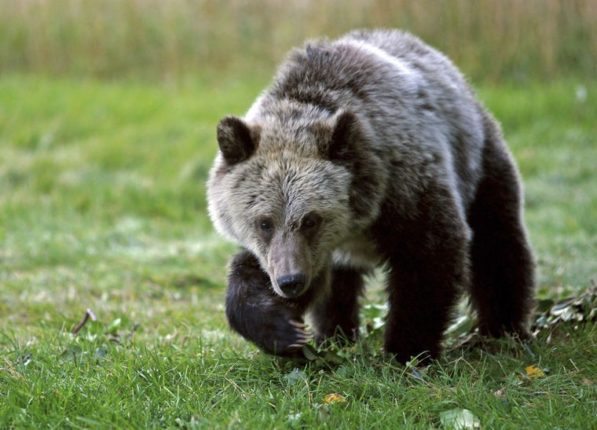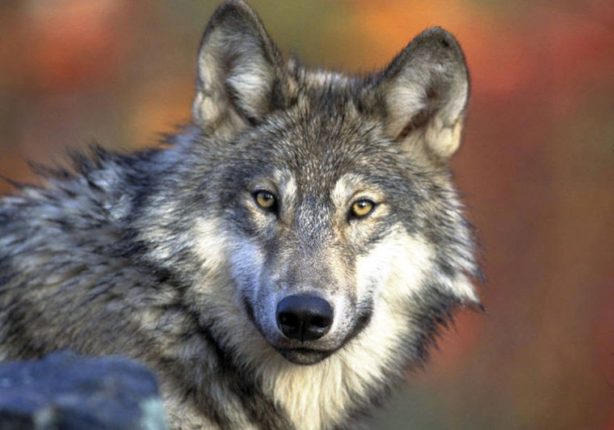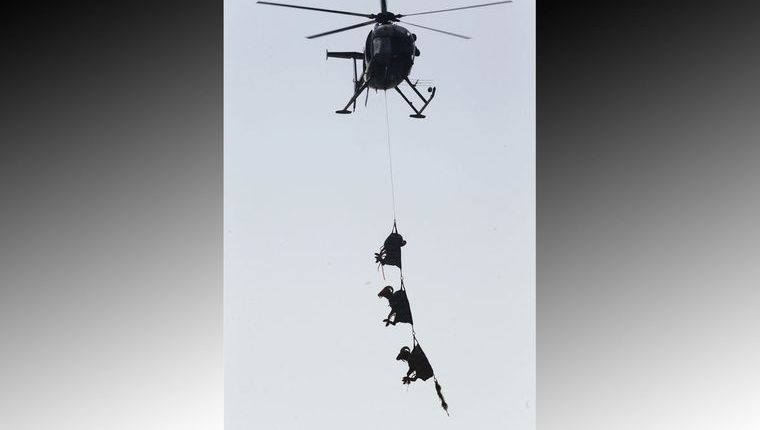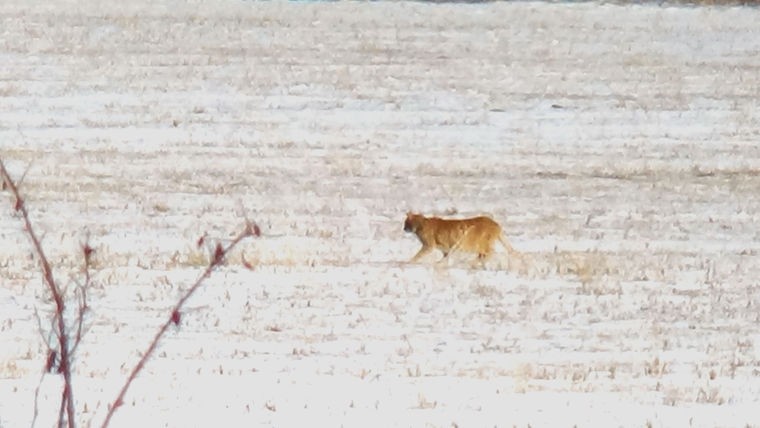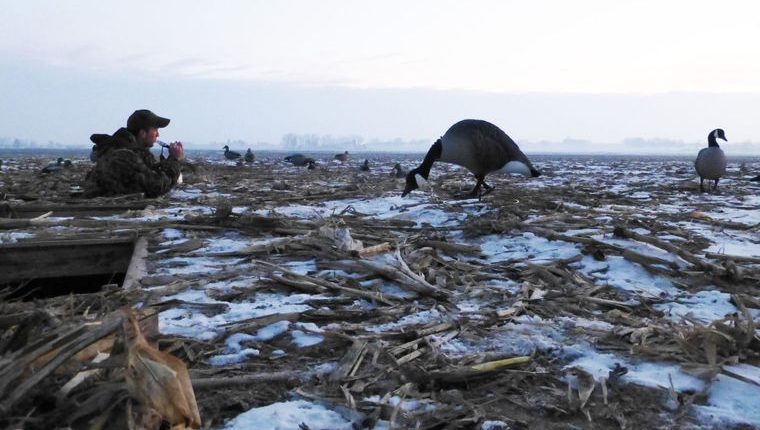BURTON — A large cat was spotted on New Year’s Day near the Burton Cemetery about 4 miles southwest of Rexburg.
Kathleen Price, a 30-year Burton resident and employee for East Idaho Health and Welfare, said she could see the wild animal from her home.
“It was a mountain lion,” she said. “It was catching voles and mice and whatever it could pounce on.”
Price said the large cat was just making its way through the field next to her property searching for easy prey to eat. Around 4 p.m. the cat left the area.
Later Price saw the animal’s large paw prints in the snow, giving a clue as to what type of cat it could be.
Price, who has a background in geology and has had experience in animal tracking, said the signs pointed to it being a mountain lion, even though some doubted her claim.
“I’ve tracked before, and these tracks showed it was a mountain lion,” she said. “Usually there’s several normal cats that just live out there, but there were none. Our dog wouldn’t come out of the garage, they just stayed in the background and didn’t want to be seen.”
Price and her husband, Jay, reported the sighting to the Madison County Sheriff’s Office, who then alerted the Idaho Department of Fish and Game. Both organizations cautioned safety when encountering wildlife.
Fish and Game Regional Wildlife Manager Curtis Hendricks said he knew about the incident and encourages locals to be on the lookout.
“The information we were able to see did not necessarily point to the animal being a mountain lion,” he said. “We’re not saying it wasn’t one, either. That’s fine, and we still want people to call in and report something that seems out of place, specifically these species that have a human safety hazard to it. We really want to hear about that.”
Early the next morning Brigham Young University–Idaho employee and LaBelle resident Regina Hull was jogging on her route in the LaBelle area when she saw a dark shape silhouetted against the roadway.
“I vaguely saw a large, dark lump in the middle of the road in the shadow of the trees,” Hull said. “I quickly turned on my bright flashlight to see what looked like a huge cat laying down. I think it was mountain lion.”
As Hull slowly began to back away, the large cat got up and casually walked in a different direction. As soon as it was out of sight, Hull sprinted home. She posted her experience on Facebook to warn her neighbors.
It wasn’t long before Price saw what might have been the same big cat in the field by her home again.
“The next day it was back,” Price said. “It did the same thing, just wandering around in the field.”
Price said mountain lions, as well as bobcats and other large wild cats, aren’t savage creatures, but they shouldn’t be messed around with.
“They’re not super aggressive,” Price said. “They won’t attack a human for no reason, but I wouldn’t want to mess around or put myself in a situation where one might be in danger.”
Price said she wasn’t afraid of having wild animals in her yard. After living in Burton for so many years, it’s become part of the scenery.
“It was cool to see it. I hope no one gets too crazy and thinks they need to kill it,” she said. “I’m happy to live here where we can enjoy these things every once in a while.”
Hendricks said if there are any more sightings of mountain lions in the area, he wants to know about it, even if the caller isn’t sure about what they saw.
“The big thing is we want to know about it, and the quicker they let us know the sooner we can get out and handle the situation,” he said. “If there is evidence, such as tracks or scat, you can put a small tarp or something over it to preserve it from the elements.”
Hendricks said the last thing anyone wants is to get in a physical altercation with a wild animal.
“We don’t want to perpetuate a conflict, so if you see the animal, don’t run from it,” he said. “We want to make folks appear big but slowly back away from the animal and then immediately report their encounter.”
Hendricks said to act in charge and not look afraid when backing away from mountain lions.
“Don’t act submissive. Keep facing the animal. If you are struggling against an attack from a mountain lion, we encourage you to fight back until you can get away,” he said.
If you see what looks like a mountain lion or other big game animal, make sure to get yourself to a safe location and contact local wildlife authorities or the sheriff’s office.
